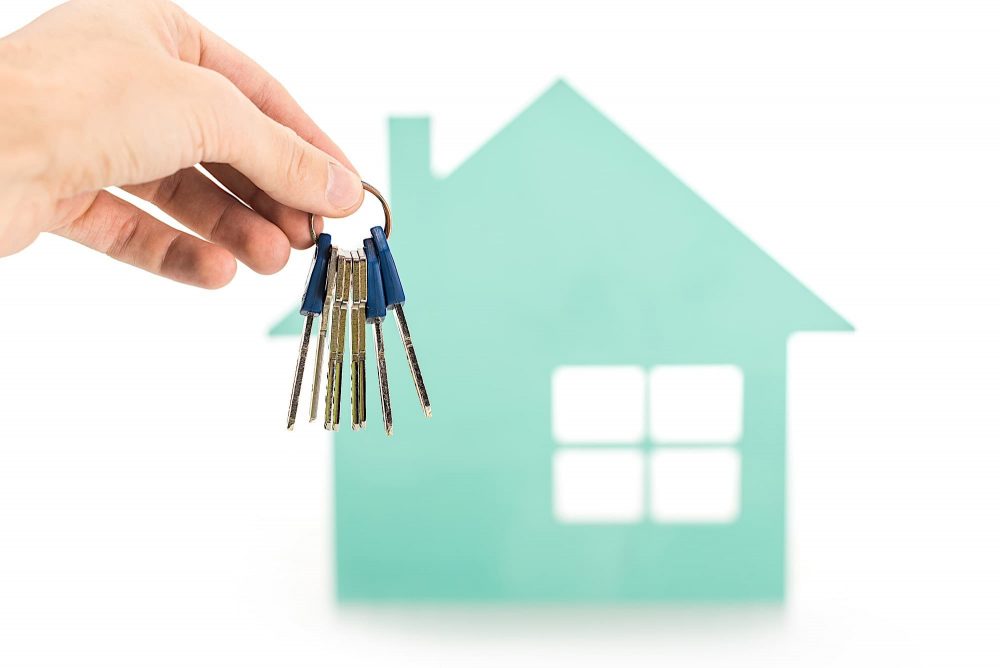WHICH IS BETTER Fixed-rate and adjustable-rate mortgages being the two most common mortgage options for borrowers.
So, what is the difference between a fixed-rate and adjustable-rate mortgage? Is one better than the other? Let’s find out. A fixed-rate mortgage locks in your loan at a set interest rate that will not change over the life of your loan. Since the rate won’t change over time, it makes it easier to know your monthly budget because your mortgage payment is predictable.
While your rate will never go up, it will also never go down—unless you refinance at the right time, but that is a conversation for a different blog. ARMs on the other hand are more variable than fixed-rate mortgages. An adjustable-rate mortgage has a set “introductory” interest rate that is typically lower than that of conventional loans. This rate stays the same for a certain amount of time, usually several years.
HOW AN ADJUSTABLE-RATE MORTGAGE WORKS If you look at an ARM loan, you’ll see it shown as X/Y. But, if you aren’t familiar with how adjustable-rate mortgages work, those numbers may mean nothing to you. Luckily, I have an example ready to show you why they should mean something.
Say you apply for a 3/1 ARM. The 3 is the length of your introductory period. That means that for 3 years your interest rate won’t change. The 1 represents how often the rate can change for the life of your loan. So, after the initial 3 years, your rate will change once every year until you are done with that loan.
The good news is the rate change only applies to the remaining years and balance of your mortgage. Worried about run-away interest rates? Don’t be. ARM home loans have an adjustment cap and a lifetime cap which limit how much an interest rate can adjust in one period and over the loan term.

